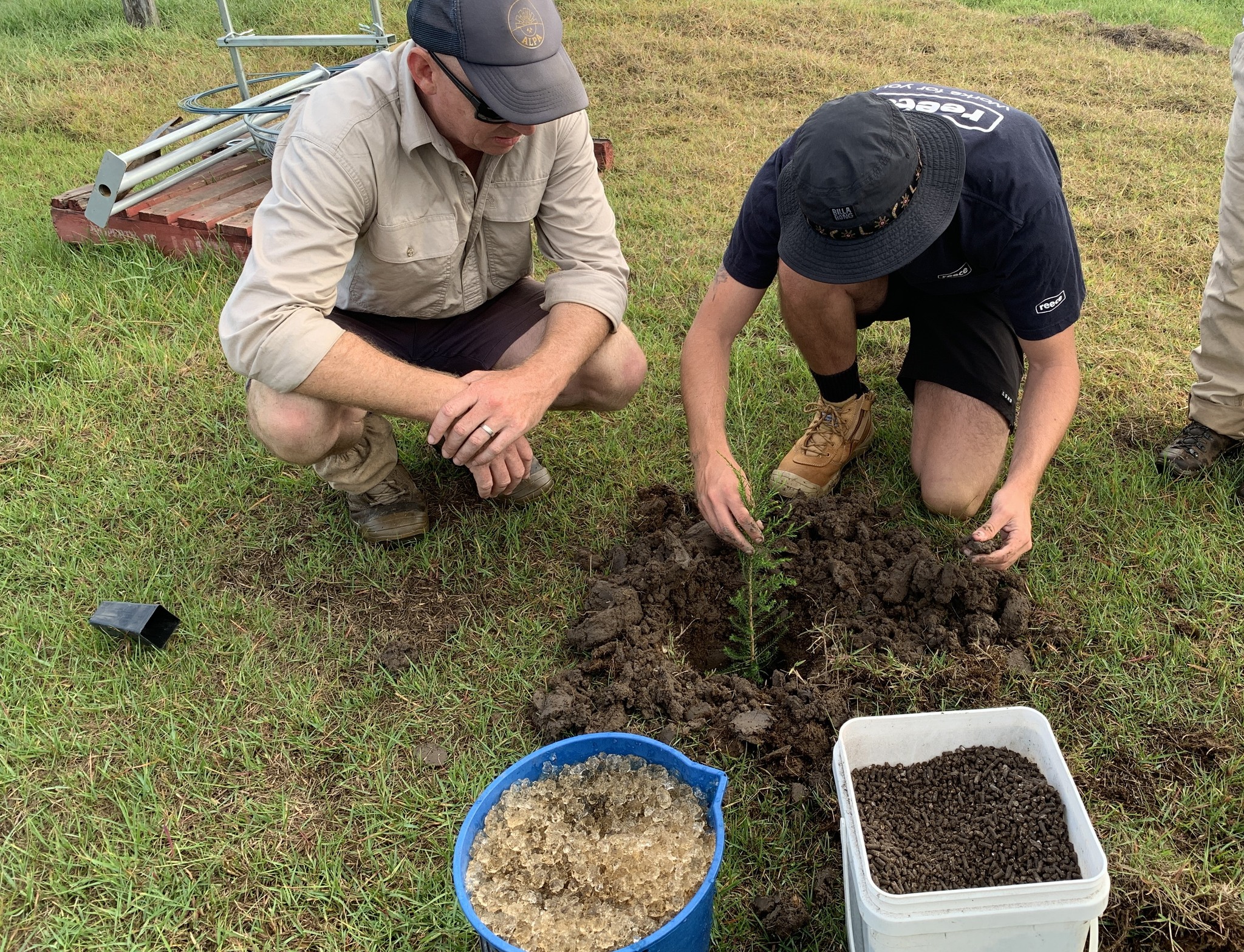
WIRES Contributes Significant Funds to Great Eastern Ranges Project
Tuesday, July 9, 2024
The Great Eastern Ranges Project ‘Glideways, Flyways and Stepping Stones’ has recently concluded following a $500k funding support from WIRES. It is part of their comprehensive bushfire recovery program and mission to protect, connect and restore healthy landscapes across 3,600km of Eastern Australia.
Despite numerous challenges, the project has been a remarkable success. It has built local and regional capacity, strengthened new and existing partnerships, and focused on habitat restoration and regeneration for iconic and threatened species. The project has made significant impacts across three distinct landscapes and communities affected by the 2019-2020 wildfires and has fully achieved, and in most cases significantly exceeded, its measurable outcome targets.
Some of the incredible results are –
10,299 hectares now have improved landscape connectivity, a phenomenal 267,774 stems were planted or assisted with natural regeneration and 566 individuals, volunteers and landholder engagements took part.
Transforming Wildlife Habitats and Communities
In the Middle Clarence Valley township and riverbanks of Nymboida, efforts have been focussed on habitat rehabilitation and conservation for the iconic Glossy Black-Cockatoo, through feed tree planting, assisted natural regeneration, and practical, intuitively designed nest boxes. Following close monitoring by Clarence Landcare, the plantings will continue to mature, restoring essential cover to streams and rivers to shelter Platypus and the endangered Eastern Cod from aerial predators. Innovative cardboard habitat pods have also been installed as a trial to aid rapid fire recovery for smaller terrestrial animals.
In the Blue Mountains, the new community conservation organization Mountains for Wildlife has also initiated habitat restoration and installation of nest boxes that will benefit endangered greater gliders. Another area of focus has been on building local community support to protect and enhance wildlife habitats across 15 properties. They engaged over 100 volunteers and conducted numerous field days and workshops. The project's success has led to a high demand for similar work, with many landholders eager to participate.
In the Bega Valley, renewed and regenerated planting on exposed creek lines has created new habitats and provided critical refuge and enhanced pathways for a number of species including the Glossy Black-Cockatoo. Ongoing monitoring and assessment by landholders will provide important information on the efficacy of the regeneration efforts, and inspiration to extend and continue the work.
Sustaining the Benefits of this Project into the Future
The partnership and community capacity-building impacts of the Grant have initiated further conservation work between Great Eastern Ranges and its primary partners. Demand for the type of work delivered by this project is extremely high, with renewed interest in connectivity from governments and the community. Single-species conservation approaches have largely failed to recover threatened or declining species, while landscape-scale efforts provide multiple benefits for wildlife, environmental health, community well-being, and essential ecosystem services such as water cycling and carbon sequestration. This holistic approach demonstrates the deep-rooted and lasting impact of projects such as these.
Primary partners on the project were Clarence Landcare Inc., Mountains for Wildlife Inc., Bega Cheese Inc., Hawkesbury Nepean Catchment Council Inc. and Hawkesbury Nepean Landcare.
Recent Posts
WIRES launches its first wildlife rehabilitation centre - Mullyang
WIRES Emergency Response in the wake of ex-tropical cyclone Alfred
International Women’s Day Volunteer Spotlight: Shelley
Tropical Cyclone Alfred – Emergency Wildlife Advice
Interview with WIRES Training and Development
Celebrating Women in Science: The Journey of Holly, Wildlife Conservationist and WIRES Team Member
